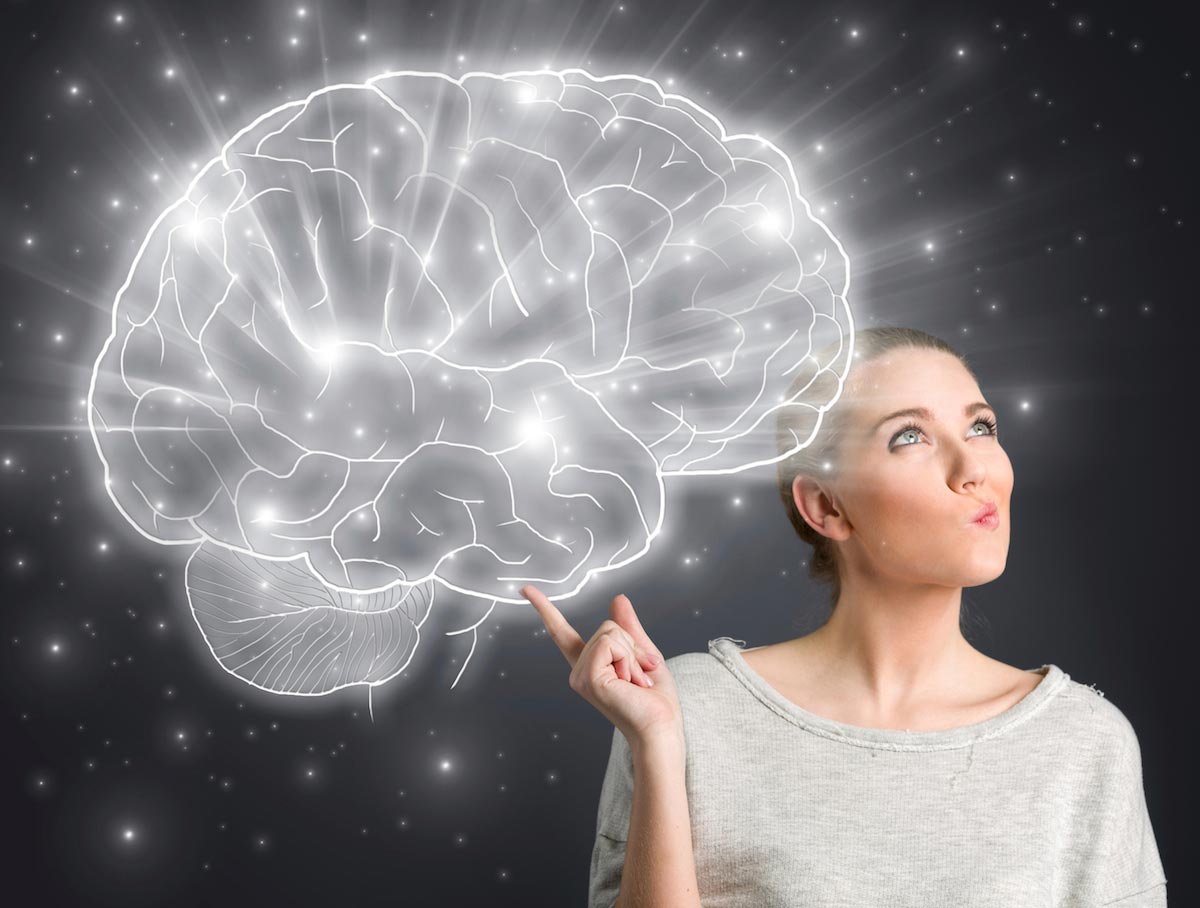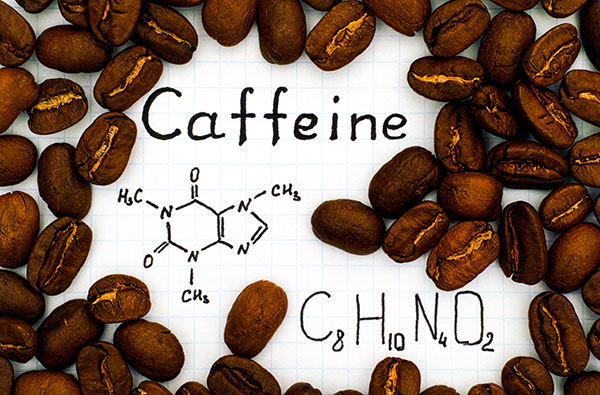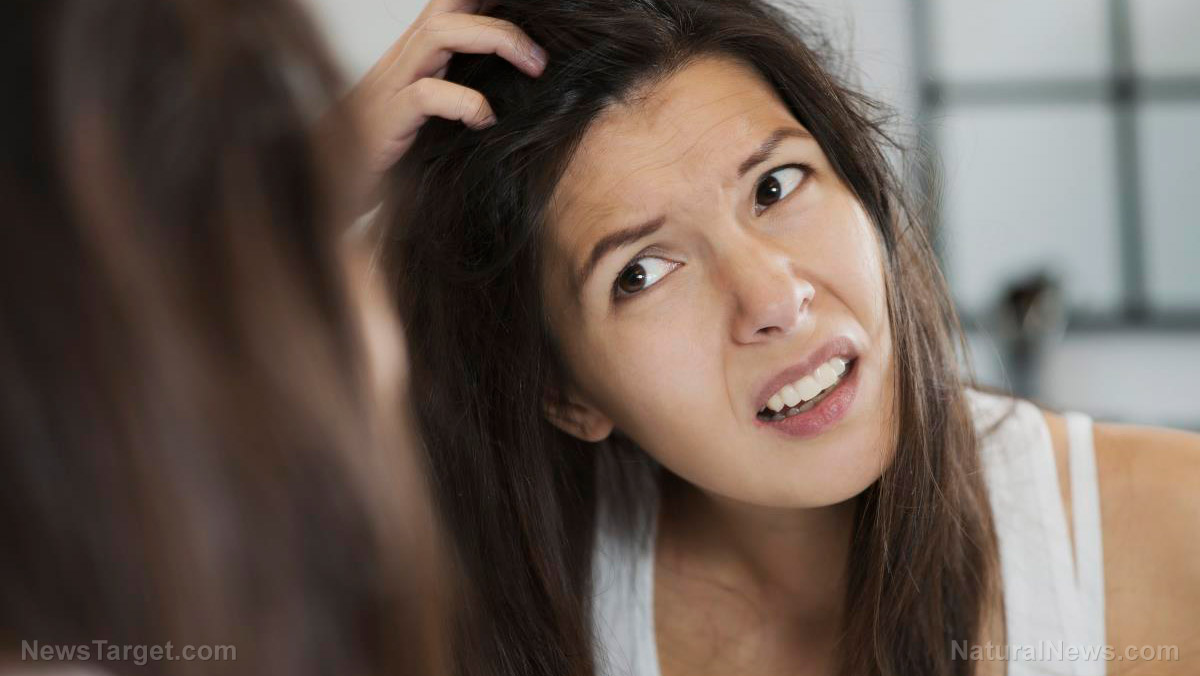 Parler
Parler Gab
Gab
- A major systematic review of 93 studies confirms that group-based creative activities, particularly dance, provide significant physical, mental, and social health benefits for older adults.
- Neuroscience reveals that activities like dance and music simultaneously activate multiple brain regions, including those for memory, emotion, and coordination, promoting a rewiring of the brain known as neuroplasticity.
- Beyond slowing decline, creative engagement actively improves quality of life by reducing loneliness, lifting mood, and enhancing a sense of purpose and connection.
- Despite the robust evidence, these non-pharmacological interventions remain underutilized and under-promoted within mainstream Western healthcare models.
The science of rhythm and recall
A comprehensive mixed-method systematic review published in the journal Perspectives in Public Health, which sifted through nearly a hundred studies, places dance at the forefront of this movement. The findings are clear; dance is associated with marked improvements in balance, lower body strength, flexibility, and aerobic fitness in older adults. But the more astonishing revelations come from looking inside the brain. A separate study, detailed in Frontiers in Human Neuroscience, provided a striking visual of this internal transformation. Researchers followed two groups of elderly individuals for eighteen months; one group engaged in traditional endurance and flexibility training, while the other dedicated their time to learning new dance routines. Both groups exhibited growth in the hippocampus, the brain’s crucial hub for memory, learning, and balance. Yet, only the dancers demonstrated tangible, behavioral changes like a noticeably improved sense of balance. Scientists attribute this extra benefit to the unique cognitive challenge that dance demands. Unlike the repetitive nature of many exercise regimens, the dancers were in a constant state of learning, tasked with mastering new rhythms, sequences, and formations each week. This continuous cognitive engagement, the need to synchronize movement with music and with partners, forces the brain to remain agile. It’s a full-brain workout that integrates the motor cortex, the auditory system, and memory centers in a way that simple calisthenics do not. This process, the brain’s ability to reorganize itself by forming new neural connections throughout life, is the miracle of neuroplasticity. For decades, it was believed this ability diminished sharply with age, but research now shows the aging brain is far more malleable than once thought, hungry for the complex stimulation that creativity provides.A chorus of connection
While dance may be the most potent single intervention, the symphony of creative benefits includes other powerful instruments. The same systematic review found that music and singing, when practiced regularly, are associated with improved cognitive function, elevated mood, and a stronger overall sense of well being. The act of singing in a group, for instance, requires deep listening, rhythm, and breath control, a complex cognitive task that feels like joy rather than work. The social component here is not just a pleasant side effect; it is a critical active ingredient. Loneliness and social isolation are silent epidemics among the elderly, known accelerants of cognitive decline and poor health. Creative group activities directly combat this. A 2009 study in a dementia care unit found that a remarkable 67% of participants showed significant reductions in agitation during dance sessions. In another setting, an assisted-care home using dance to treat depression, residents discovered a channel for expressive freedom that boosted self-esteem and provided deep emotional uplift. When older adults paint together in a class, join a community choir, or participate in theater, they are not just creating art; they are building a web of social connectedness. This sense of community and shared purpose fights the feelings of loneliness that can corrode mental health, proving that the healing power of creativity is as much about the heart as it is about the mind. The relationship between art and healing is, in truth, ancient. From the rhythmic drumming and dancing in communal rituals to the soothing songs sung for centuries, humanity has intuitively understood the restorative power of creative expression. Yet, the rise of modern, technology-driven Western medicine created a chasm, segregating the science of the body from the art of the soul. For a long time, the profound effects of creative engagement were dismissed as subjective or merely recreational, lacking the empirical weight of a double-blind drug trial. This perspective is now being challenged by a growing mountain of neuroscientific evidence. As outlined in a review in Creative Therapy in Health and Disease, the field is moving to pinpoint the very mechanisms by which creativity heals. Researchers like Radwa Khalil and Vida Demarin argue for implementing creative therapeutic approaches based on a solid understanding of the brain's plasticity. They see a "glimmer of hope" for patients with neurodegenerative diseases, suggesting that creative expression can help compensate for brain injuries and cognitive impairments by unlocking hidden capacities. Sources include: NaturalHealth365.com Pubmed.gov Pubmed.govHidden salt in your diet: How to cut back without sacrificing flavor
By Patrick Lewis // Share
The caffeine alternative: How your coffee habit might mimic cutting-edge depression treatment
By Willow Tohi // Share
Almonds: The ancient supernut powering modern wellness
By Laura Harris // Share
An ominous warning from the epicenter of AI
By willowt // Share
A farm's final stand: The day the ostriches fell
By willowt // Share
Foreign ownership near strategic bomber base raises national security alarms
By willowt // Share
A newly discovered law of nature explains why nothing grows forever
By ljdevon // Share
Dance and creative expression positively impact the trajectory of aging brains
By ljdevon // Share










